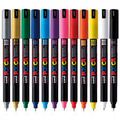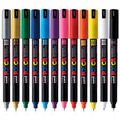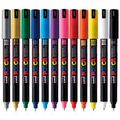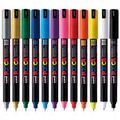One of the most outstanding inventions of ancient Egypt was the making of "paper" from the papyrus plant. As early as 3000 B.C., sheets and rolls of papyrus provided an ideal surface for writing with reed pen and cakes of carbon black and red ochre pigment. Egyptian scribes were able to record on papyri everyday details such as administrative records, legal documents, and letters of business and personal life. Equally important for our understanding of ancient Egypt, pen and papyrus were used to record literary texts, tales, and moral instructions, as well as compendia of Egyptian knowledge exemplified by the famous Rhind Mathematical Papyrus and the books of treatment, prescriptions, and recitations for healing. Religious hymns and litanies are recorded, as are the great formulae to secure life after death--the Coffin Texts and the Book of the Dead. In this book, Richard Parkinson and Stephen Quirke freshly examine the methods of papyrus-making and its different uses, not only under the Pharaohs, but also other Egyptian civilizations such as the Hellenistic kingdom of the Ptolemies and the colonial rule of the Roman Empire. Papyrus remained the writing material of the Mediterranean world until it was eclipsed by the cloth paper of the Orient in the ninth century A.D., bringing four thousand years of writing tradition to an end.
- Series: Egyptian Bookshelf
- Paperback: 96 pages
- Publisher: University of Texas Press; 1st University of Texas Press ed edition (1995)
- Language: English
- ISBN-10: 0292765630
- ISBN-13: 978-0292765634











